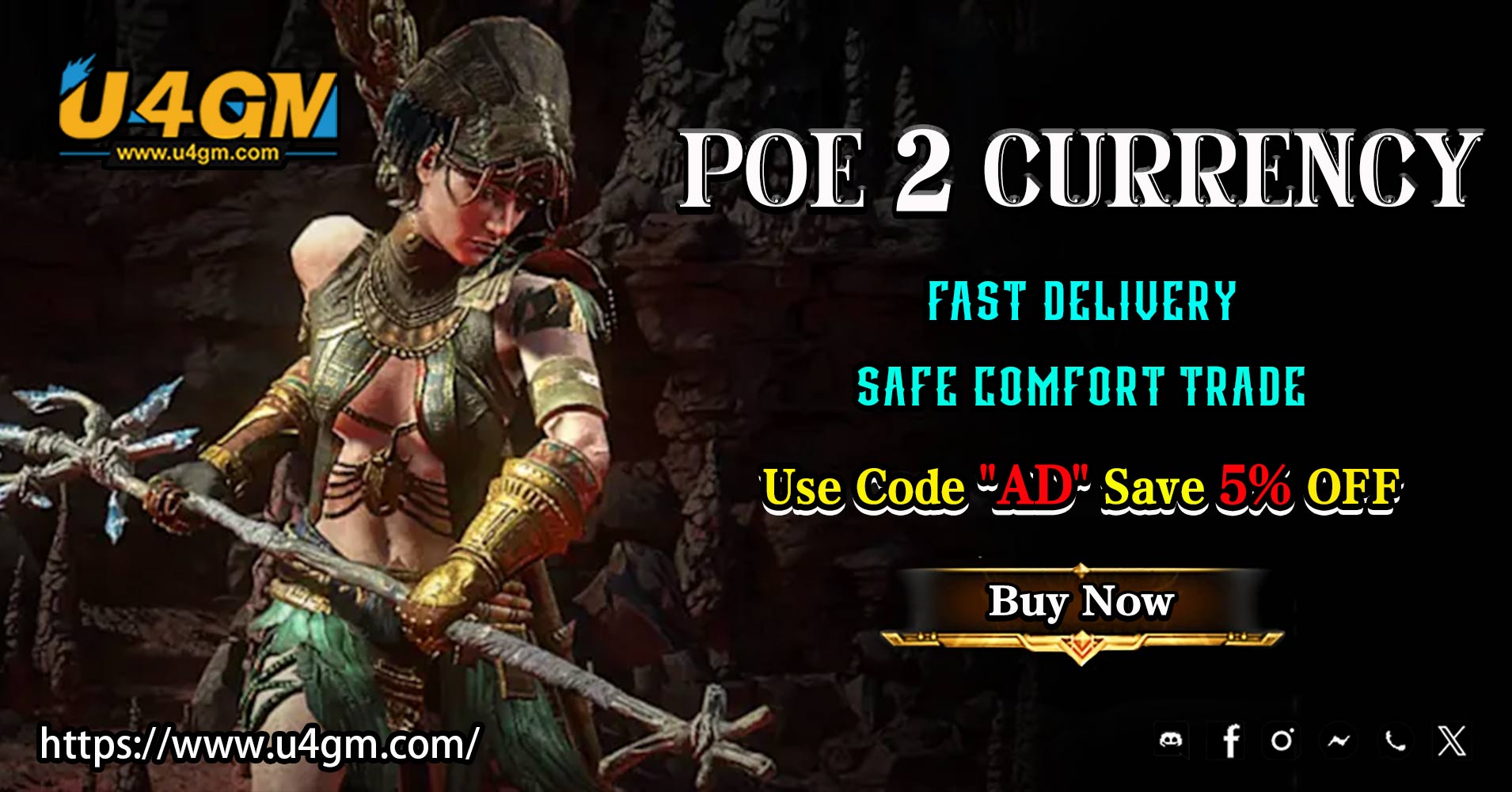Path of Exile 2 is not just a visual and mechanical upgrade — it’s a complete reimagining of what an endgame in an ARPG can be. Where the first Path of Exile defined itself through the Atlas of Worlds, leagues, and the endless chase for perfect loot, its sequel seeks to give players both structure and freedom, offering an endgame that adapts to every style of play. It’s a culmination of a decade of experimentation, all distilled into a more flexible, intuitive, and deeply rewarding system.

The foundation of Path of Exile 2’s endgame remains familiar — a map-based progression system filled with random encounters, modifiers, and boss challenges. However, Grinding Gear Games has taken the lessons from the original Atlas and redesigned it with accessibility and depth in mind. The new Atlas retains its open-ended nature, but progression feels smoother, more organic, and less grind-heavy. Instead of being overwhelmed by complexity early on, players now build understanding gradually, unlocking depth as their character’s power grows.
One of the most significant changes comes from how regions and bosses are structured. The Atlas now weaves narrative and gameplay more tightly together. Each area tells its own story, with thematic encounters that reflect the corruption and decay of Wraeclast’s world. Bosses are no longer just walls of health and damage; they are designed to teach, test, and evolve your skills. The game pushes you to adapt — not just to get stronger gear, but to truly understand enemy mechanics.
What sets Path of Exile 2’s endgame apart is its diversity. The developers have made it clear that there will be multiple avenues for progression. Whether you enjoy mapping, bossing, crafting, or trading, the system allows you to pursue your preferred form of advancement without forcing you into a single meta path. You can build your Atlas around what you love most, reinforcing the game’s identity as the ultimate sandbox for ARPG enthusiasts.
Crafting also plays a central role in the endgame ecosystem. The reworked crafting systems are built around clearer mechanics and more predictable results, giving players meaningful control over item development without sacrificing the thrill of randomness. Rare items can still roll devastatingly powerful modifiers, but deterministic crafting options give crafters new ways to pursue perfection. This makes the chase for ideal gear more strategic — you can plan, experiment, and refine, instead of relying solely on luck.
The improved pacing of loot and rewards also stands out. Path of Exile 2 introduces smarter drop tables and more transparent loot mechanics, reducing clutter while keeping the excitement of discovery alive. Players spend less time sorting through piles of junk and more time evaluating truly interesting finds. The philosophy behind this change is clear: reward attention and skill rather than sheer time investment.
Group play in the endgame has been elevated as well. In Path of Exile 1, party scaling sometimes created imbalances or reduced challenge for coordinated groups. Path of Exile 2 refines that experience by adjusting difficulty dynamically and rewarding cooperation more fairly. Buff synergies, support builds, and tactical coordination now matter more than ever. This makes endgame group encounters — especially high-tier bosses — feel like cooperative raids rather than chaotic free-for-alls.
Visually and atmospherically, the endgame of Path of Exile 2 feels darker, more oppressive, and more immersive. Each map radiates mood and purpose, drawing players deeper into the world’s haunting tone. The visual clarity improvements help make encounters feel intense yet readable — a vital balance for high-stakes gameplay.
The true brilliance of Path of Exile 2’s endgame lies in its flexibility. It respects the player’s time and creativity, offering infinite paths toward mastery. Whether you’re chasing unique loot, optimizing your passive tree, or pushing deeper into corrupted maps, the experience feels fresh and player-driven.
Path of Exile 2 isn’t just giving players more content — it’s giving them more agency. The endgame is no longer about reaching the finish line; it’s about defining what “the end” means for you. That freedom, combined with relentless challenge, is what ensures poe2 items sale will stand as a new benchmark in the ARPG genre for years to come.